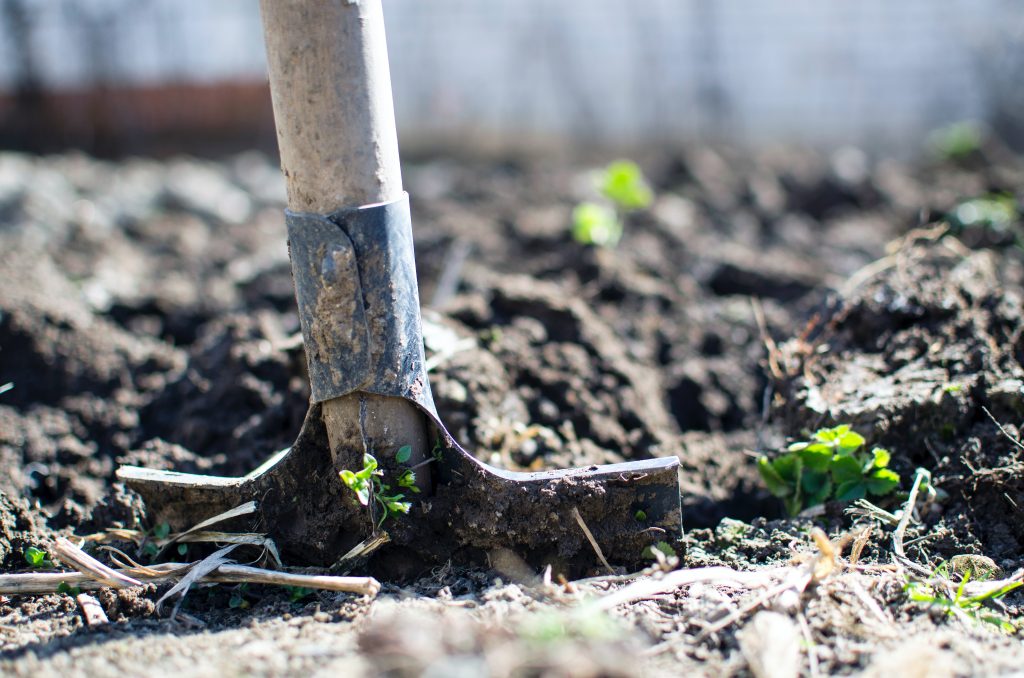Is Double Digging Worth It? Let’s Find Out!

Double digging is often touted as a cost-free way to improve the condition of your soil. But is double-digging worth it? While it doesn’t require any monetary investment, this garden practice necessitates plenty of manual effort. Not every gardener has the strength to put into double digging. Is it double digging worth it? Should you invest a ton of energy into this method? Let’s find out.
The advantages of double digging
Double digging, also sometimes described as tilling, has quite a few vehement opposers. This gardening method, however, does have a few clear advantages, including:
It loosens the soil. Loosening the soil has its benefits and drawbacks. Compacted soil is undesirable, after all. Amending and digging the topsoil helps to aerate the earth and increase nutrient content within that first layer.
It’s an excellent method for starting a garden. Often, double digging is the primary method used when establishing a new garden plot. It’s an effective way to turn a swath of grass lawn into a productive garden.
It’s quick. It’s a quick way to achieve results as opposed to no-till gardening, which requires patience to improve soil quality. That said, quick solutions don’t necessarily lead to positive outcomes in the long-term.
Here are some of Amazon’s Choice for the best double digging tools.
amzn_assoc_placement = "adunit0";
amzn_assoc_tracking_id = "frugalgardening0b-20";
amzn_assoc_ad_mode = "manual";
amzn_assoc_ad_type = "smart";
amzn_assoc_marketplace = "amazon";
amzn_assoc_region = "US";
amzn_assoc_linkid = "dab4dc1e87714af81e400e98004372b5";
amzn_assoc_design = "in_content";
amzn_assoc_asins = "B01G4PTF3M,B0722Q7ZBY,B000RYQ0CG";
The disadvantages of double digging
While tilling is often used interchangeably with the term double digging, some advocates for double dig gardening argue that the two are not quite the same. While tilling involves disrupting deep layers of soil and overall soil structure, double digging typically only affects the top-most layer of soil. Still, many gardeners prefer a no-dig approach to gardening, which helps maintain soil health. There are a few other notable disadvantages to digging up a bed in this way:
It brings up weeds. Double digging causes weed seeds that were too deep to germinate to come up to the surface.
It disrupts soil structure. Deep digging can, quite literally, turn soil structure upside down. This, in turn, leads to further issues with compaction down the road. Healthy soil is less likely to become compacted and is more capable of retaining moisture.
How to avoid soil compaction
Compacted soil is one of the top reasons gardeners till and double dig the soil. Doing so loosens up the earth and creates (albeit often temporary) improved soil conditions for planting. Here’s how to avoid compaction in the first place:
Never step or walk on garden soil. Create paths around your garden beds to ensure easy access that doesn’t require trampling all over the earth.
Don’t till when the soil is wet. This further damages the structure of the soil and encourages further compaction.
Limit tilling and double digging. Excess tilling and digging might temporarily loosen up your soil, but over time it’s likely to have the opposite effect.
An alternative: no-dig gardening
If you’re interested in trying out a no-till gardening method, check out this YouTube video explainer on lasagna gardening, which is a low-cost alternative to the double dig method.